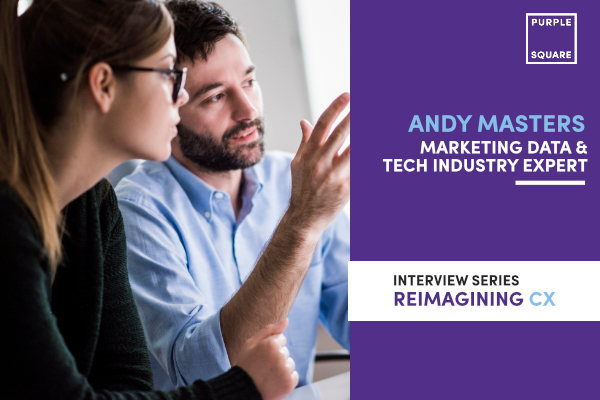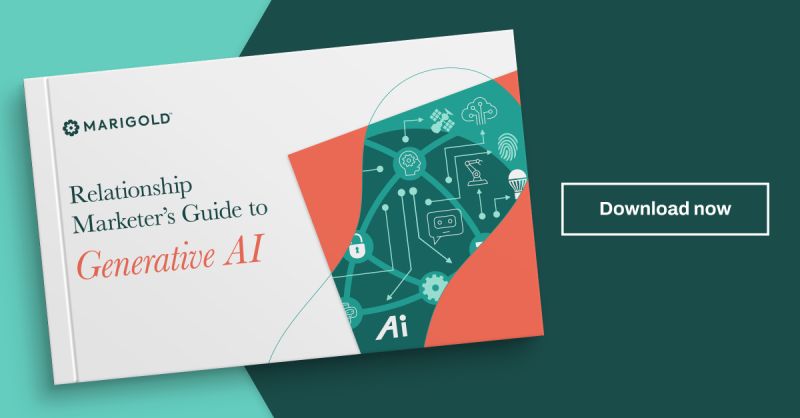The New Dawn of Direct
17 Nov 2021

With digital transformation the order of the day it’s easy to wave ta-ta to more traditional ways of doing things. But, history teaches us that things don’t change as much as we - and our ‘next-big-thing’ focused industry - would have us believe.
There’s a very real danger of throwing the baby out with the bath water as we blindly chase the new and shiny as we attempt to stay one step ahead.
A recent article by Tom Roach talks about marketing's obsession with 'new' stuff. Citing Jeff Bezos' 2019 talk there is a strong case for focusing less on what's changing and more on what's not - "I very frequently get the question: what's going to change in the next 10 years?...I almost never get the question: What's not going to change in the next 10 years? And I submit to you that that second question is actually the more important of the two, because you can build a business strategy around the things that are stable in time."
With all the uncertainty, volatility and change during the pandemic we are seeing new behaviours emerge. Despite over three months of eased Covid restrictions face-to-face meetings are still the exception with Teams, Zoom and Google all stubbornly remaining the meeting modes of choice.
And how about TV watching? It has been predicted that by the end of the year up to 20 per cent of us will not have watched live programming - unfathomable just a decade ago. But, it’s worth remembering that there are still 80 per cent of people settling down on the sofa to watch something in real time.
And again, we’re told that in 2025 global online sales will make up an unprecedented 25% of all sales - WOW! But that leaves 75% of all sales globally being physical...
Yes change is a constant, as are unpredictability and pace. But sometimes the oldies are still the goodies. Ghostbuster versus the reboot – no contest.
The same holds true for media. Sometimes physical trumps digital. Yes, click volumes and CPCs are incredibly powerful metrics that we can all use to quantify the impact of our activity - but old-fashioned tangible mail marketing, used well delivers responses, engagement and results too.
Mail media has experienced something of a resurgence over lockdown. Unsurprisingly, whilst we were all busy tip-tapping away on our devices at home, many of us began to suffer from digital exhaustion. There was something very comforting about picking-up and reading a physical newspaper or opening a piece of post that landed on the doormat.
The latest industry stats from JICMAIL show that opening rates of direct mail and engagement rates have soared across all demographics. Opening rates have increased by over 10 per cent since the start of the pandemic and the length of time that mail stays in the house has also risen, now standing at eight days. Another key metric to have grown was trust. Mail is now the most trusted form of marketing communication, demonstrating how weary some of us have become to social media, previously the most trusted form of brand communication.
This goes to show that despite many media experts writing direct mail off as a dead duck in the dawn of digitalisation, there is still much value in the channel.
Like our content? Find more of our articles and case studies here.
Written by:
Richard Calvert
Founding Partner at The Thread Team





Please login to comment.
Comments